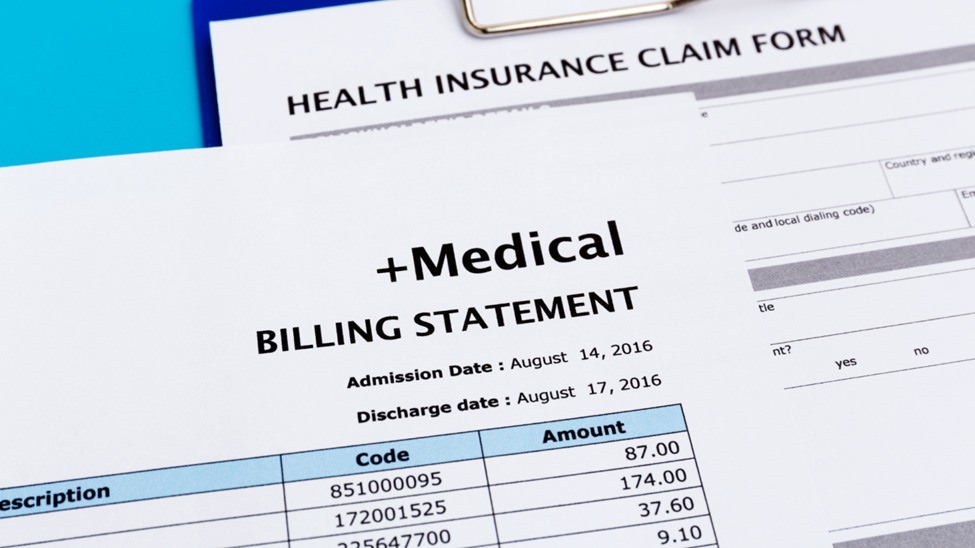The healthcare sector undergoes continuous transformation, with technological progress redefining the administration and delivery of medical services. Amidst the multifaceted realms of healthcare, medical equipment billing plays a pivotal function in guaranteeing patients’ access to essential devices and resources and ensuring equitable compensation for healthcare professionals. In recent years, we’ve witnessed remarkable developments in the field of medical equipment billing, thanks to the advent of DME and HME software. In this article, we will delve into the future of medical equipment billing, exploring the advancements and innovations that are revolutionizing the industry.
The Evolving Landscape of Medical Equipment Billing
Traditionally, medical equipment billing was a labor-intensive process that involved a significant amount of paperwork and manual data entry. This often led to errors, delays, and a lack of transparency, which could impact both patient care and the financial stability of healthcare providers.
However, with the introduction of DME and HME billing software, the landscape of medical equipment billing has undergone a substantial transformation. These software solutions are specifically crafted to optimize the billing procedure, enhance precision, and elevate overall efficiency, ultimately resulting in advantages for both patients and healthcare professionals.
Key Advancements in DME and HME Billing Software
Automation and Artificial Intelligence
One of the most significant advancements in medical equipment billing is the incorporation of automation and artificial intelligence (AI). DME and HME billing software now utilize AI algorithms to process claims, verify patient information, and check for errors. This not only reduces the risk of billing mistakes but also speeds up the billing cycle. With automation, claims can be processed 24/7, improving the overall efficiency of billing operations.
Real-time Eligibility Verification
Medical equipment billing software is now equipped with real-time eligibility verification features. This allows healthcare providers to instantly check a patient’s insurance coverage, ensuring that the equipment prescribed is eligible for reimbursement. Real-time verification reduces claim denials and the need for lengthy appeals, resulting in faster payments and an improved cash flow.
Enhanced Security Measures
Patient data security is of utmost importance in the healthcare industry, and DME and HME billing software have made significant strides in this area. Advanced encryption and compliance with stringent data protection regulations ensure that patient information remains safe and confidential. As technology continues to advance, we can expect even stronger security measures to safeguard sensitive medical billing data.
Integration with Electronic Health Records (EHR)

The integration of DME and HME billing software with electronic health records is another noteworthy development. This integration enables seamless sharing of patient information between healthcare providers and billing departments. It eliminates the need for duplicate data entry, reduces errors, and ensures that billing accurately reflects the services provided.
Improved Reporting and Analytics
DME and HME billing software now offer advanced reporting and analytics tools that provide healthcare providers with valuable insights into their billing operations. These tools help identify areas of improvement, monitor claim denials, and track reimbursement trends. The ability to access detailed data and analytics empowers healthcare providers to make informed decisions and optimize their billing processes.
Telehealth Integration
The COVID-19 pandemic accelerated the adoption of telehealth services, and DME and HME billing software have adapted to this trend. With the integration of telehealth capabilities, billing for remote consultations and equipment becomes more efficient and streamlined. This ensures that patients receive the necessary equipment without unnecessary delays and complications.
Innovations on the Horizon
As we look to the future of medical equipment billing, several exciting innovations are on the horizon. These advancements have the potential to further revolutionize the industry and enhance patient care:
Blockchain Technology
The use of blockchain technology in medical equipment billing holds promise for secure and transparent transactions. Blockchain can provide a tamper-proof ledger for billing data, reducing fraud and improving accountability.
AI-Powered Predictive Analytics
AI-driven predictive analytics can help healthcare providers forecast billing trends and make proactive decisions. This technology can identify potential issues and bottlenecks in the billing process, allowing for preemptive solutions.
Mobile Applications
Mobile apps for DME and HME billing are becoming increasingly common. These apps enable healthcare providers to manage billing on the go, enhancing accessibility and convenience.
Voice Recognition
Voice recognition technology is gaining ground in healthcare, and it can be used to simplify data entry for billing purposes. Healthcare professionals can dictate patient information, reducing the need for manual typing.
Remote Monitoring and IoT
The integration of IoT (Internet of Things) devices for remote patient monitoring can directly impact medical equipment billing. Healthcare providers can automatically bill for equipment use based on real-time data, improving accuracy and billing efficiency.
Personalized Payment Plans
Medical equipment billing software may offer the option to create personalized payment plans for patients. This can help patients manage their healthcare expenses and reduce financial stress.
Challenges and Considerations for the Future
While the future of medical equipment billing is promising, it’s important to acknowledge the challenges and considerations that healthcare providers and software developers must address:
Regulatory Changes
The healthcare industry is subject to evolving regulations and compliance requirements. DME and HME billing software must remain adaptable to ensure continued compliance.
Data Security
With the increasing integration of technology, the risk of data breaches remains a significant concern. Protecting patient data must remain a top priority.
Cost of Implementation
Healthcare providers may face initial implementation costs when adopting advanced billing software. However, these costs are often offset by increased efficiency and reduced errors in the long run.
Training and Education
Healthcare professionals and billing staff need proper training to effectively utilize advanced billing software. Ongoing education and support are essential for smooth integration.
Equity in Access
As technology advances, it’s crucial to ensure that all healthcare providers, regardless of size or location, have access to innovative billing solutions. Equity in access to these tools can help bridge healthcare disparities.
Conclusion
The future of medical equipment billing is bright, thanks to the advancements and innovations in HME and DME billing software. Automation, real-time eligibility verification, enhanced security measures, and integration with EHRs have already transformed the billing process, making it more efficient and accurate. As technology continues to evolve, we can expect even more exciting developments, including blockchain integration, AI-powered predictive analytics, and mobile applications.
These innovations hold the promise of improving patient care, reducing billing errors, and streamlining the reimbursement process for healthcare providers. However, it’s essential to address the challenges and considerations that come with these advancements, such as evolving regulations and data security concerns.
The future of medical equipment billing is not just about software; it’s about improving the overall healthcare experience for patients and providers. By embracing these technological advancements and ensuring equitable access to innovative solutions, the healthcare industry can look forward to a more efficient and patient-centered approach to medical equipment billing.








